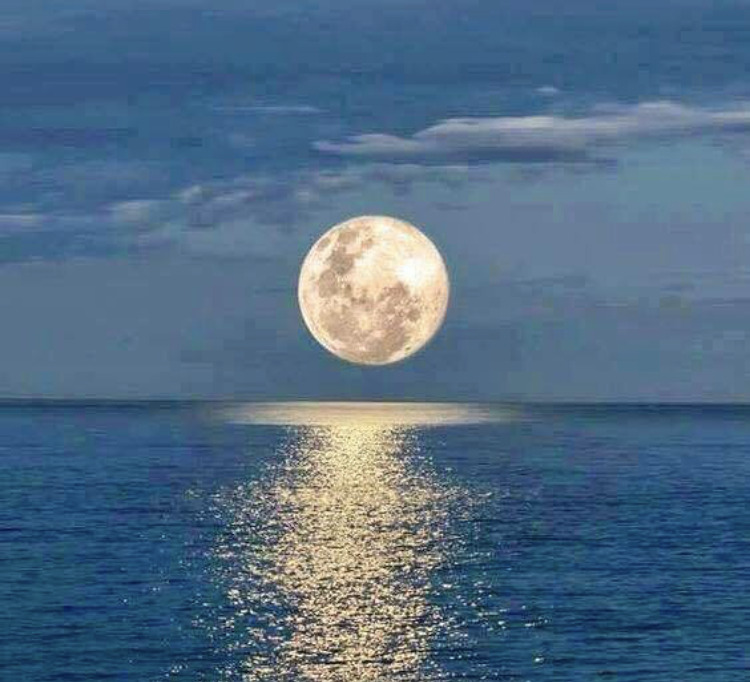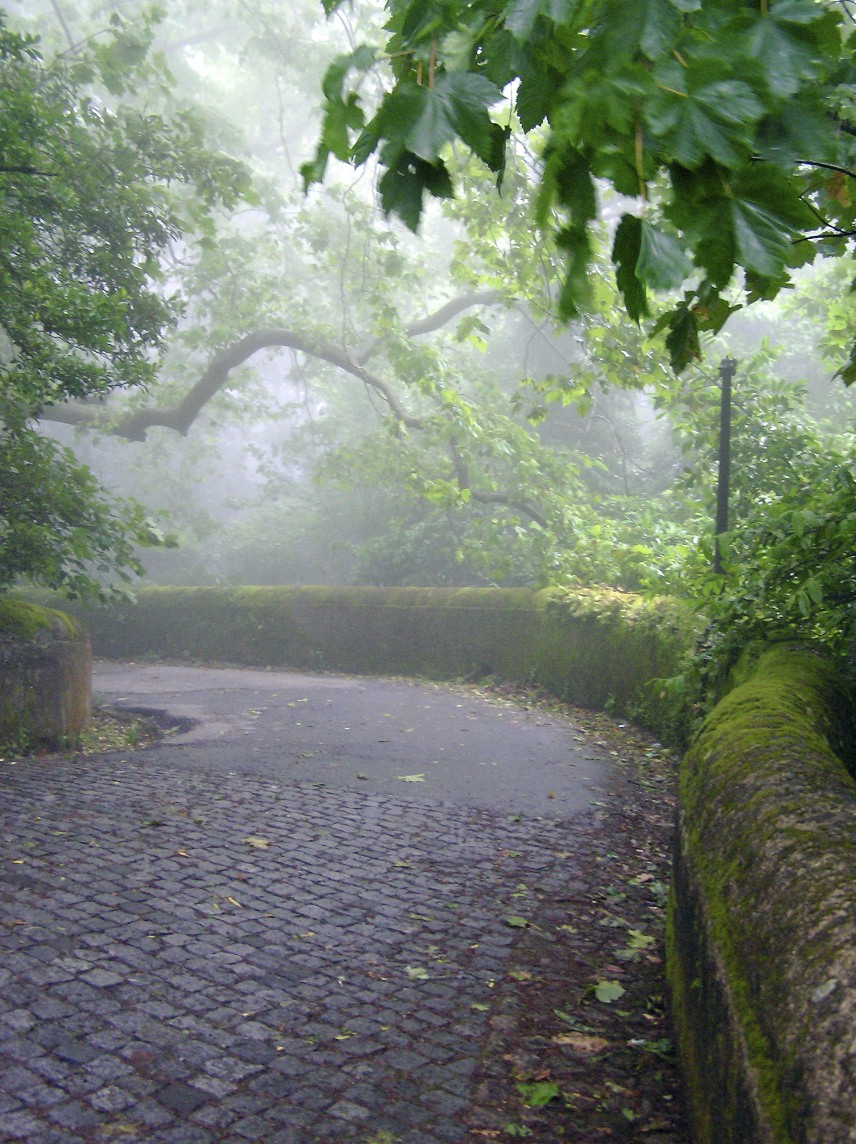
Conversely, images of Eden and the New Jerusalem can be found in many societies throughout history (particularly in the Christian world), while images of a world beyond our current world can be found in many Asian societies. More diverse and highly secular images are envisioned in the postmodern world I have described in this essay that balance differentiation and integration. Could such a balanced world of the future actually be built and maintained by people of good will and competence? Is this secular image sufficiently compelling (numinostic) to lead a postmodern society into the future? While many of the other images throughout history have been compelling and have guided the actions taken by specific societies, they have usually blended secular and sacred elements. Can a secular image such as the postmodernists are proposing win the day or are many 21st Century societies faced with the lost future portrayed by our less positive observers?
Temporal Eidetics
Images of the future have not just a spatial quality. The image can also assume a temporal quality. The future, after all, does carry us beyond the present time into a future time. With my colleague, Gary Quehl, I have described the state of generativity in human development as a temporal perspective on the future (Bergquist and Quehl, 2019). We care deeply about that which we care about—to quote Erik Erikson (1963). If genuinely generative, this caring must be sustained over time. It is even a matter of finding ways in which we can live beyond our current life. It is this intimation of mortality that has motivated many acts of generativity (Kotre, 1984).
Polak (1973, pp. 3-4) places the temporary character of Images in an historical context:
Temporal images of the world have been variously projected into the distant future or, as in classical mythology, into the past. At certain times in history, eschatological images of the future have shouted “Soon! ” Images projected into the past represent romantic idealizations of that past: the biblical paradise, the. Renaissance image of antiquity. The age of romanticism looked to bygone times, and our own century reveres the Middle Ages, a period despised by the Enlightenment. There is also a tendency today to idealize the wisdom of primitive man. The aching nostalgia for the time of unspoiled beginnings represents a kind of vision of the future-an image of unattainability. These dreams of the past operate on the future, though indirectly. Mostly, however, it is the future that has attracted man’s dreams, hopes, and fears. The future rather than the past is seen as holding the key to the riddle of his existence. Death itself, the one certainty, is the chief inciter of our thirst for knowledge of what is to come. Man has never been able to accept Ignoramus, ignorabius as his motto.







